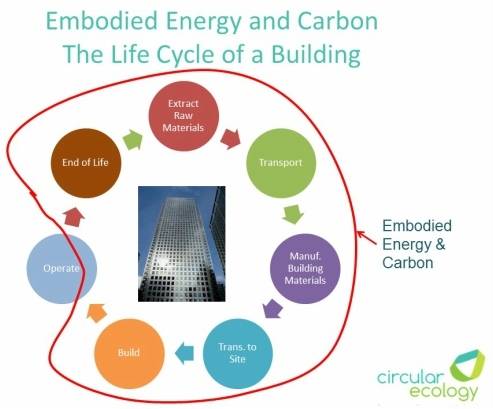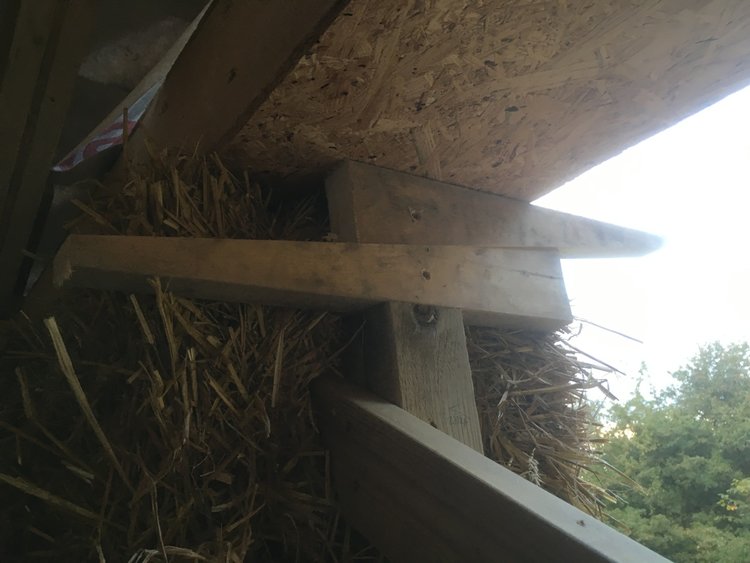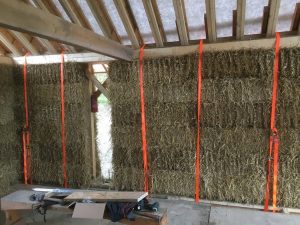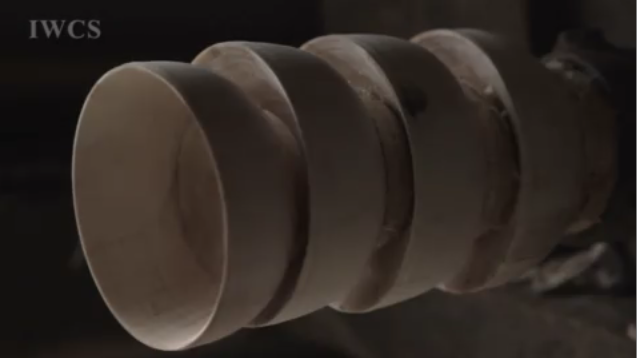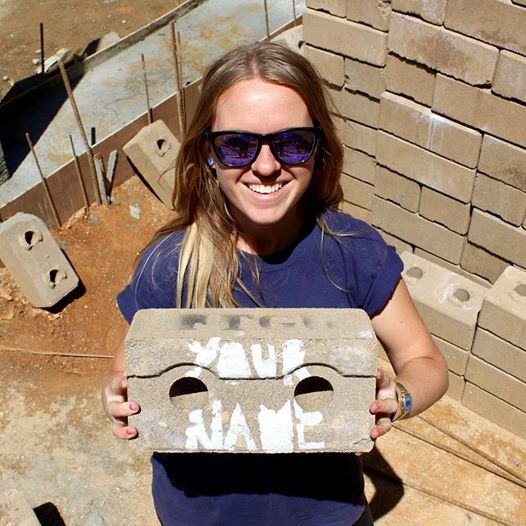
From the Ground Up’s work on Bandevi School which will house approximately 450 students.
Earth blocks are being used by my friend to rebuild a school destroyed by the 2015 earthquake in Nepal.
Click here to support the project
https://www.justgiving.com/crowdfunding/jenny-wilkie?utm_term=AypmKzNjp
We are fundraising to contribute towards the large cost of buying a truck for FTGU to allow them to transport materials for the rebuild of Bandevi School which was destroyed in the 2015 earthquake.
Currently, funds which should be getting spent on materials are being spent on transport of materials to the remote building site. Buying this truck will create 3 more jobs and will allow FTGU to continue investing in the Ghumarchowk community for years to come.
To raise the money needed, we are offering you the chance to be a part of the school. Making bricks in our brick machines which were hand-built by Nick is a labour intensive, slow process but the bricks are very strong and will hopefully save childrens’ lives in the event of another earthquake. The 6 new classrooms will safely house approximately 450 students.
How can you help? Sponsor a brick for £5.00 and be part of something truly amazing. We will spray your name on the brick(s) and send you a photo to show you what you’re supporting. Sponsor more than 50 bricks, and we will put your name on a plaque above the entrance to the school, your legacy will live on forever!
Thank you for helping us to help this much deserving community.
www.facebook.com/ftguinternational



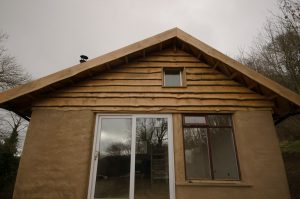
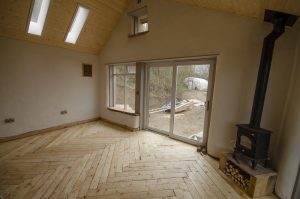
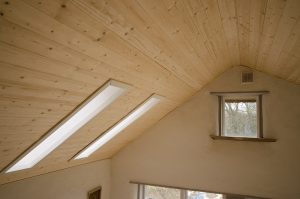
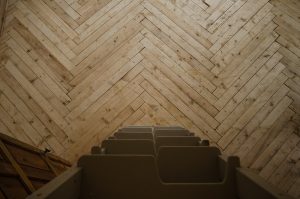
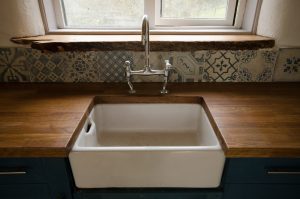
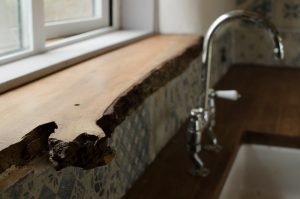

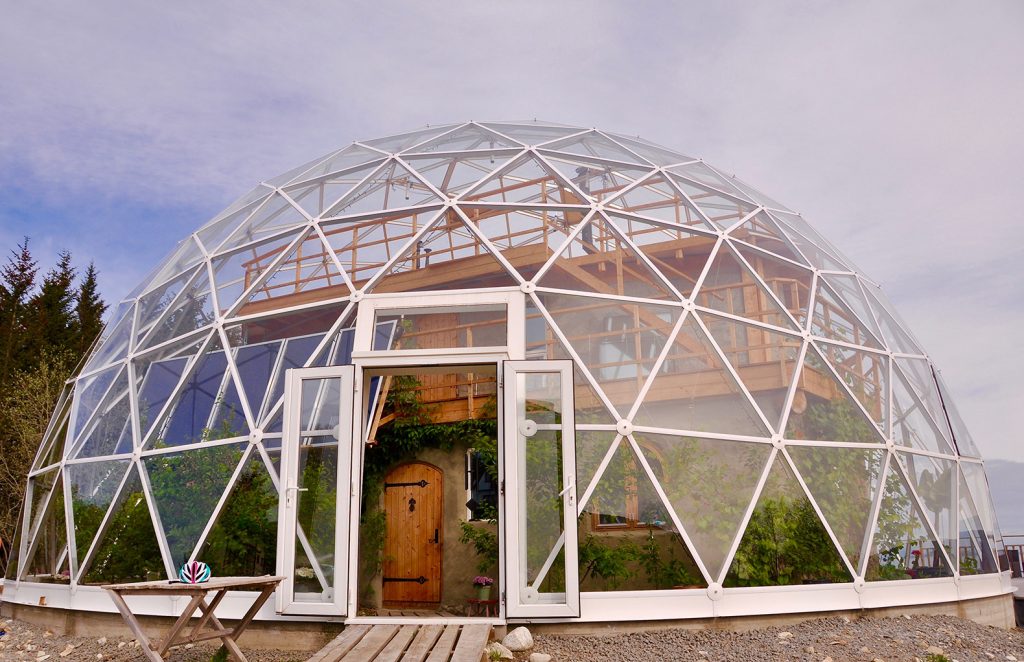

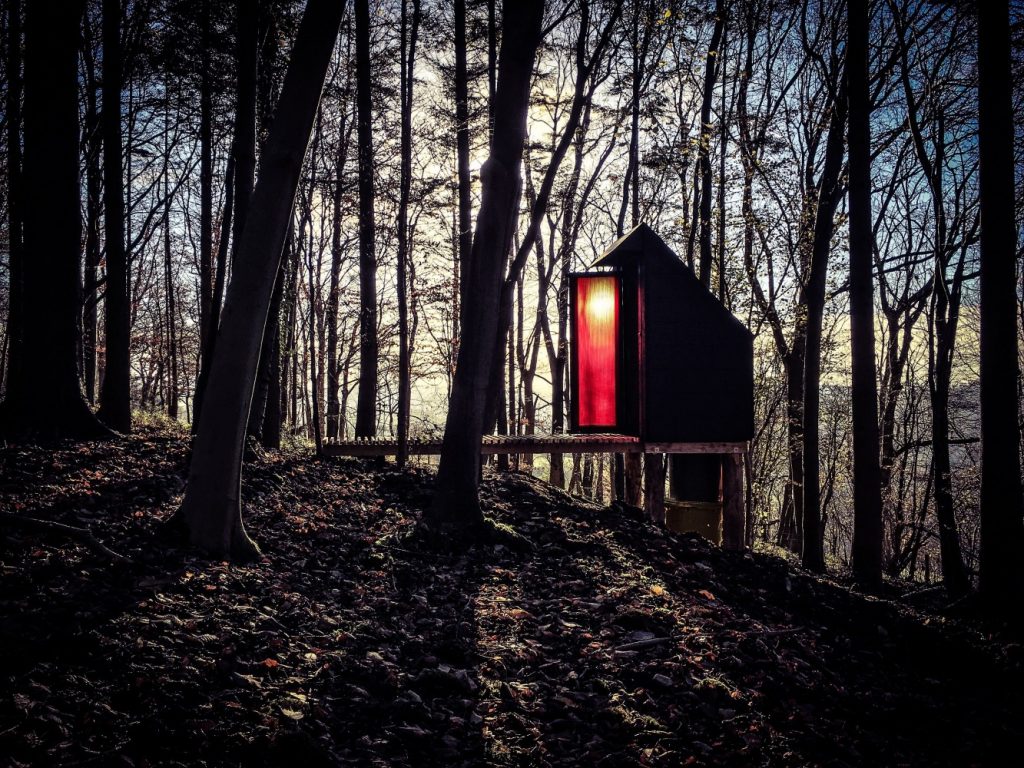
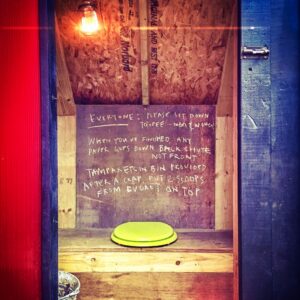

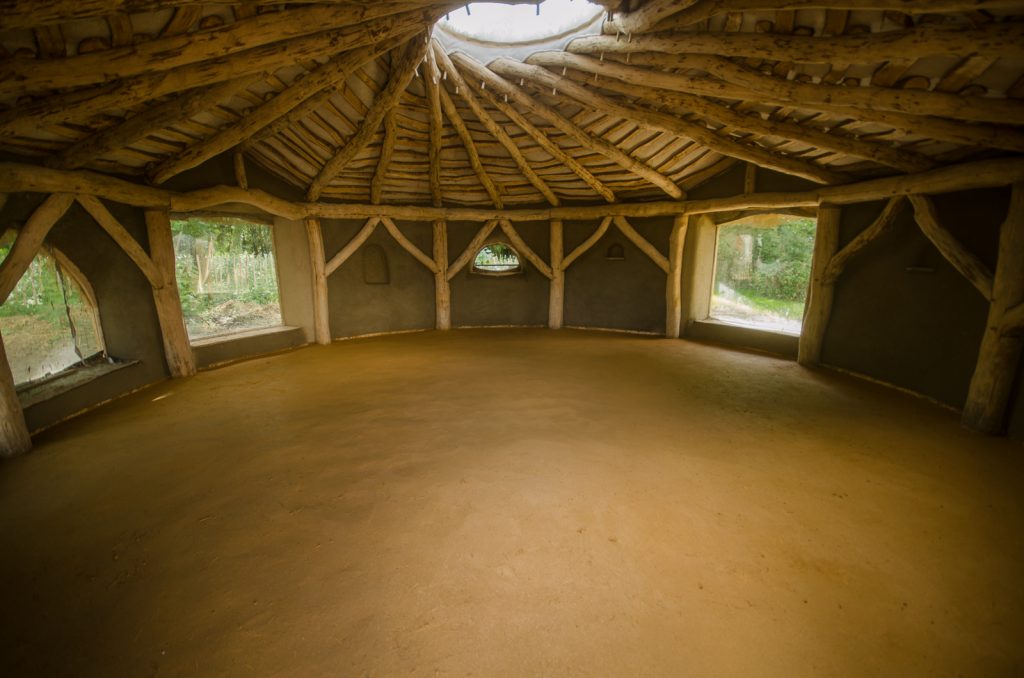

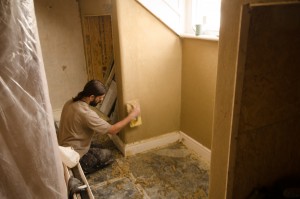
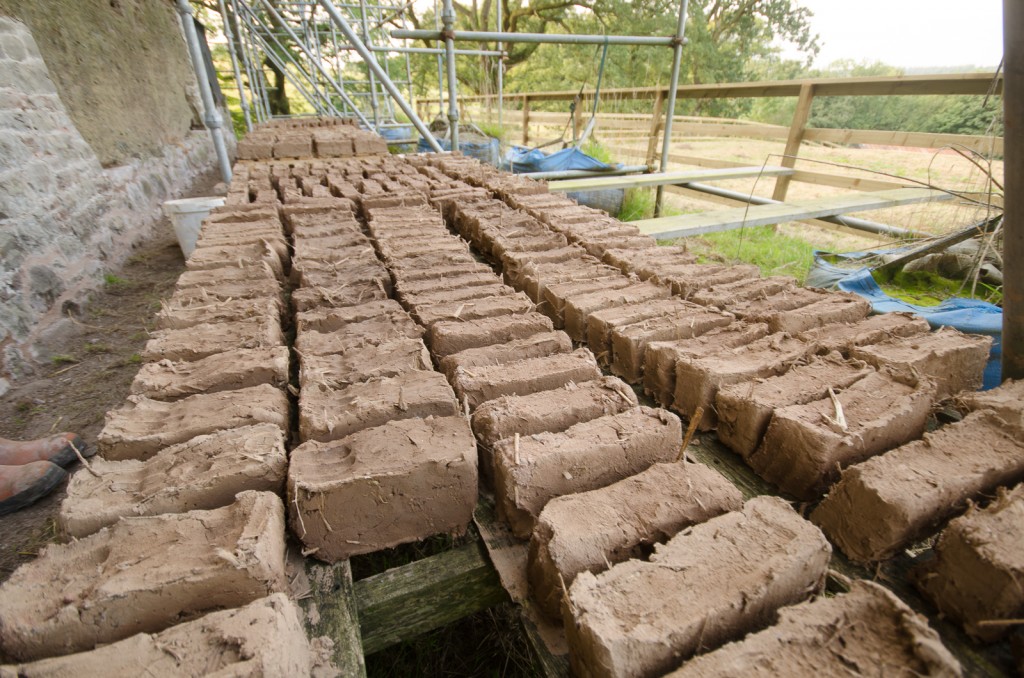 Clayfest 2017, 12-17th June, Lincoln Castle, Lincoln, UK
Clayfest 2017, 12-17th June, Lincoln Castle, Lincoln, UK